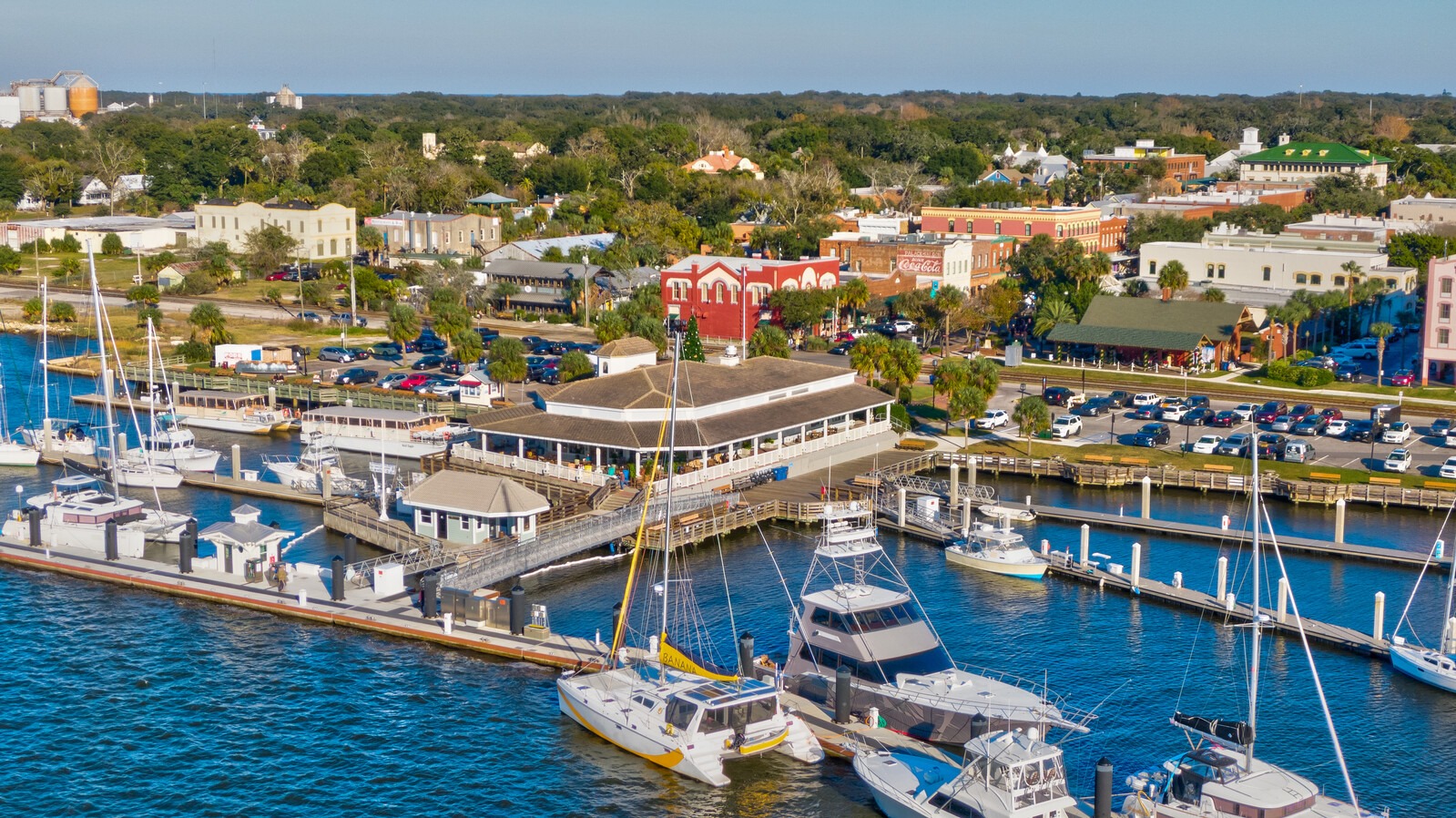By Nate Moyer, Vice President of Operations, Alliance Marine
Municipal marinas aren’t just a place to tie up a boat; they’re gateways to a community and, when done right, drivers of economic vitality. They welcome visitors, support local businesses, and anchor a city’s identity around the waterfront. But, when managed poorly, they can become financial drains and political headaches.
Running a marina isn’t like running a park or a rec center. It’s a business wrapped inside a public service, with layers of compliance, customer expectations, and community oversight. That complexity is where many cities get stuck: how do you deliver fair, open access while keeping the lights on and the docks safe?
At Alliance Marine, formerly Oasis, we’ve partnered with municipalities across Florida and beyond. We’ve seen the challenges up close and the solutions that work. The truth is, cities don’t have to choose between community service and profitability. With the right approach, they can have both.
What Makes Municipal Marinas Different
Municipal facilities play a unique role that private marinas don’t:
- Public Service First. Residents expect affordable access and a connection to the water.
- Accountability Matters. Taxpayers, boards, and elected officials all have a stake in how the marina is run. Transparency is non-negotiable.
- Ripple Effects Count. Success isn’t just about slip fees. It’s about tourism, local jobs, property values, and civic pride.
When a marina is managed well, it’s full of life, visitors, and economic energy.
When well run, a municipal marina can become a city’s calling card, welcoming visitors, supporting local businesses, and showcasing the community’s waterfront identity.
Florida offers powerful evidence of this impact. The state’s recreational boating industry contributes more than $31 billion annually to the economy and supports over 109,000 jobs. This isn’t a niche amenity; it’s a cornerstone of Florida’s economic health and a driver of quality of life for millions of residents and visitors.
The Challenges Municipalities Face
While the vision is inspiring, the reality is often more difficult. Municipal leaders frequently cite four recurring challenges:
- Too Many Hats, Too Few Hands
Most city staff are stretched thin. Parks and recreation departments, public works, or harbor masters may oversee marinas as one of many responsibilities. Without dedicated expertise, important tasks like preventative maintenance, slip optimization, or transient marketing often fall through the cracks.
- Aging Infrastructure
Many public marinas were built decades ago. Docks, electrical systems, and facilities require major reinvestment, yet capital budgets are tight and political priorities shift frequently.
- Regulatory Complexity
Environmental rules, permitting processes, and Coast Guard or state-level requirements create layers of compliance. Municipal staff often lack specialized training to navigate these effectively.
- Rising Boater Expectations
Today’s boaters are comparing municipal facilities not just to other cities, but to professionally managed private marinas. They expect high service levels, modern amenities, and on-demand booking.
Strategies for Municipal Marinas That Work
So how can municipalities overcome these hurdles? Here’s what we’ve seen move the needle for cities:
1. Price Fairly, Fund Properly
Too often, municipal marinas set rates below market to preserve affordability. While well-intentioned, this approach can lead to underfunded operations and limited reinvestment. A better model is tiered pricing:
- Resident discounts that preserve access.
- Market-aligned transient rates that capture visitor spending.
- Seasonal pricing to maximize utilization during peak demand.
This approach ensures fairness while unlocking new revenue streams.
2. Invest in Customer Experience
A marina is more than a place to dock a boat; it’s part of a lifestyle. A clean restroom, clear signage, staff members who care, and simple digital tools like on-demand reservation options, suddenly shift your property from “adequate” to “exceptional.” Remember, your marina is often the first impression a visitor has of your city.
3. Connect the Dots Locally
Every visiting boater is also a diner, shopper, and tourist. Smart marinas link directly with downtowns, restaurants, and events to multiply economic impact.
4. Stay Ahead on Maintenance
Deferred maintenance is the silent budget killer. Preventative schedules for docks, electrical, and landscaping keep costs down and liability low.
5. Bring in Professional Partnerships
Cities don’t have to go it alone. Partnerships with professional marina managers preserve municipal ownership and oversight while adding efficiency, expertise, and staffing depth.
Case in Point: The Ripple Effect of Smart Management
Consider the example of a Florida municipality that struggled with an underperforming marina. Rates had not been adjusted in years, transient occupancy was inconsistent, and staff were juggling marina duties alongside other city responsibilities.
By implementing tiered pricing, introducing an online reservation system, and launching a transient boater marketing campaign, the city saw:
- 20% increase in annual marina revenue
- Significant growth in transient occupancy
- Higher visitor spending in nearby businesses
- Reduced workload for city staff
Perhaps most importantly, community sentiment improved. Residents appreciated both the continued public access and the professional upgrades that made their marina a source of pride.
Looking Ahead: The Evolving Role of Municipal Marinas
Boating participation is on the rise, and waterfronts are becoming even more valuable to community life. Municipal marinas that plan intentionally—embracing sustainability, using digital tools, and treating marinas as economic drivers—will be the ones that thrive.
At Alliance Marine, we believe in helping cities get there. Municipal marinas should never be an either/or choice between public access and financial responsibility. With the right systems, you can have both; and when your marina thrives, your whole community does too.
Conclusion
Municipal marinas embody a community’s values. They reflect a commitment to public access, a celebration of waterfront identity, and a responsibility to operate responsibly.
The good news is that municipalities no longer have to choose between public service and profitability. With professional management practices adapted to civic priorities, cities can have both.
At Alliance Marine Management, we believe in empowering municipalities with the tools, systems, and strategies to unlock this potential. Because when a marina thrives, the whole community benefits.
